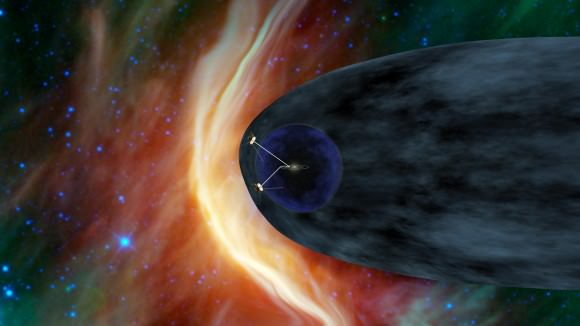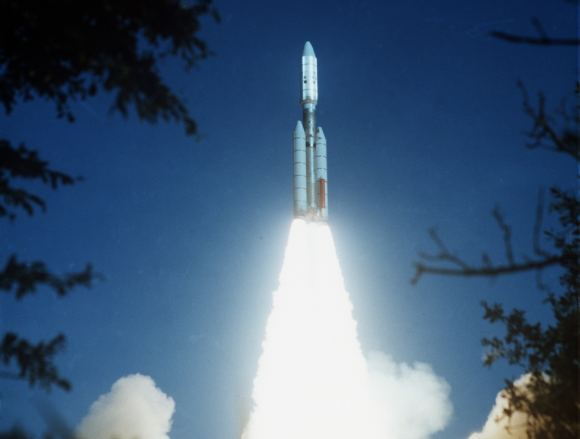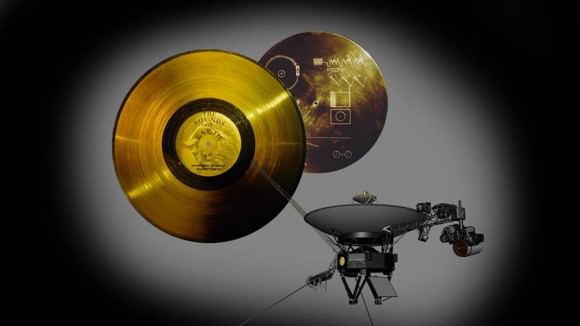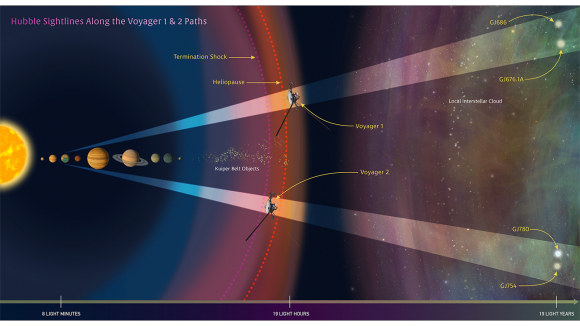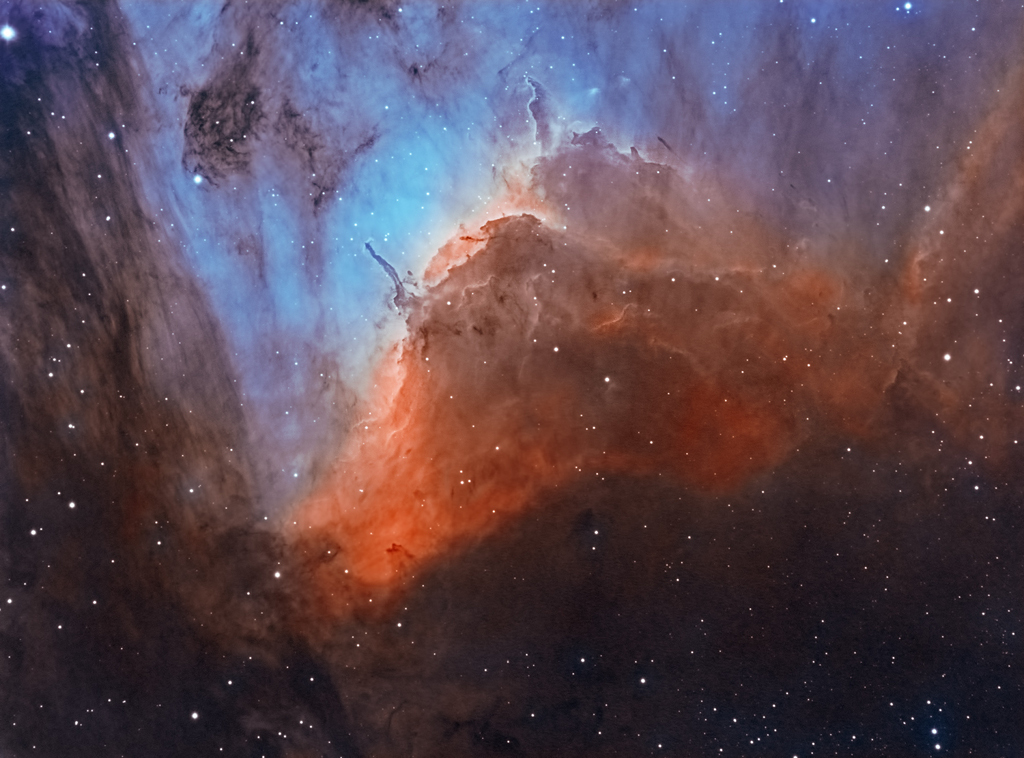Artist’s impression of NASA’s New Horizons spacecraft, en route to a January 2019 encounter with Kuiper Belt Object 2014 MU69. Image & Caption Credit: NASA / JHU-APL / SwRI
Members of the New Horizons team observed the occultation by deploying a network of telescopes along the path of MU69’s shadow in a remote part of Argentina.
Their goal was to capture its shadow, thereby obtaining data about the KBO’s size, shape, orbit, and environment as well as information that will enable accurate refining of the spacecraft’s trajectory.
MU69 is the second target of NASA’s New Horizons spacecraft and part of its approved extended mission by the space agency. It will be the most distant object ever visited by a spacecraft.
The probe famously flew by the Pluto system on July 14, 2015, obtaining a plethora of images and data about the binary Pluto-Charon and their four small moons.
The July 17, 2017, occultation was the third of three such events this year, all of which were carefully observed by mission scientists after they used both the Hubble Space Telescope and the European Space Agency’s (ESA) Gaia satellite to pinpoint exactly where MU69’s shadow would fall on Earth each time.
Based on data collected during the first occultation in June, mission scientists raised the possibility that MU69, located a billion miles (1.6 billion kilometers) beyond Pluto and more than four billion miles (6.5 billion kilometers) from Earth, might actually be a swarm of many small objects rather than a single object.
However, observations conducted during the third occultation indicate the object is either two objects closely orbiting each other, a contact binary in which the two objects actually touch one another, or a single, strangely shaped object missing a large chunk of material.
Mission scientists think it or both objects may be shaped like a “skinny football” – a shape formally described as an “extreme prolate spheroid”.
LEFT: An artist’s concept of Kuiper Belt Object 2014 MU69, the next flyby target for NASA’s New Horizons mission. This binary concept is based on telescope observations made at Patagonia, Argentina, on July 17, 2017, when MU69 passed in front of a star. New Horizons scientists theorize that it could be a single body with a large chunk taken out of it, or two bodies that are close together or even touching. RIGHT: Another artist’s concept of Kuiper Belt Object 2014 MU69, which is the next flyby target for NASA’s New Horizons mission. Scientists speculate that the Kuiper Belt object could be a single body with a large chunk taken out of it, or two bodies that are close together or even touching. Images & Captions Credit: NASA / JHU-APL / SwRI / Alex Parker
Two of Pluto’s small moons, Kerberos and Hydra, as well as Comet 67P/Churyumov–Gerasimenko, are single objects composed of two lobes.“This new finding is simply spectacular. The shape of MU69 is truly provocative, and could mean another first for New Horizons going to a binary object in the Kuiper Belt,” said mission Principal Investigator Alan Stern of the Southwest Research Institute (SwRI) in Boulder, Colorado. “I could not be happier with the occultation results, which promise a scientific bonanza for the flyby.”
New Horizons will fly by MU69 on January 1, 2019.
From observations of the third occultation, scientists now have a better handle on MU69’s size, which they estimate to be no longer than 20 miles (30 kilometers) if the KBO is a single object.
If MU69 is a binary composed of two objects, each one is estimated to have a diameter of nine to twelve miles (15–20 kilometers).
Stern credited the successes of the occultation observations to the Hubble Space Telescope and Gaia Observatory, which provided crucial information about the path of MU69’s shadow on Earth on all three occasions.
Occultation data and images are available on New Horizons’ KBO Chasers site.
The post New Horizons’ KBO target may be a binary appeared first on SpaceFlight Insider.


